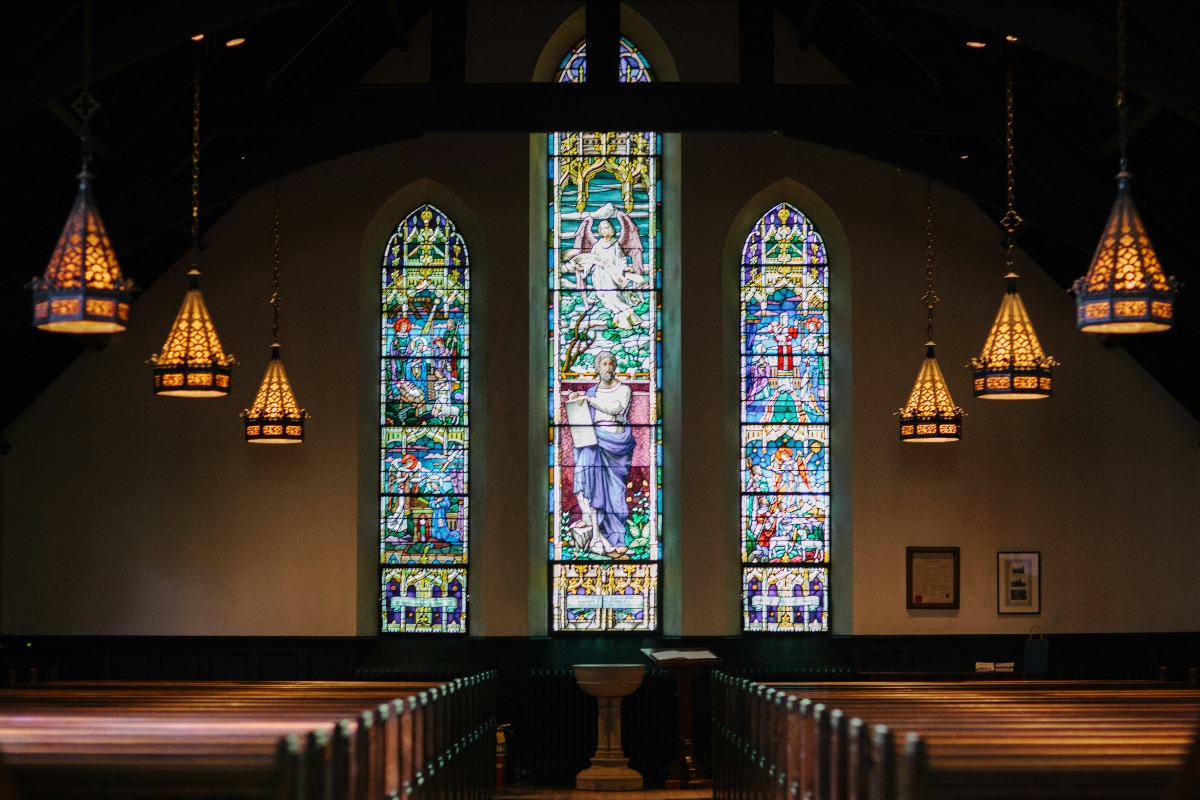Written by Larry Doornbos
October 15, 2024

My wife and I are fans of the British Television show “Silent Witness.” The show focuses on the way a person who died under unknown circumstances can tell a story through an autopsy. As we watch the show, we follow the uncovering of clues and then finally see what happened to the victim.
- Thom Rainer’s book Autopsy of a Deceased Church: 12 Ways to Keep Yours Alive shows us the circumstances that lead to the death of a church. This short book (a quick read at only 100 pages) is helpful for churches — especially those who have seen a pattern of decline over five years or longer.
One challenge churches face is having the courage to see their decline. Rainer writes:
- “There were several points where these churches could have reversed the decline they were experiencing. But the remaining members of the church refused to see reality. They were blinded to the slow erosion that was taking place. Most of the churches in America that close don’t shut the doors over a single or few cataclysmic events. In most cases, indeed all of them I studied, the issue was slow erosion. There would be no autopsy to perform if they had faced reality and, in God’s power, reversed course.”
What does it look like to do this hard work of making an honest evaluation of your church’s current state? This week, I want to offer a few practical ideas.
How to see your church’s health clearly
-
Evaluate the Right Areas of Church Life
- Rainer says churches that take their decline seriously should pause to look at ten areas in particular. How true are the following statements of your church:
- There is a slow erosion over multiple years. We have become past oriented. Our church does not reflect the community. Our budget primarily serves us. The Great Commission is a great omission. We are focused on member’s preferences. The tenure of our pastors has become shorter. Our church lacks a shared life of prayer. Our church lacks a clear purpose. Our church is especially focused on facilities.
-
Name the Reality of Your Church’s Health
- After a church looks at these ten areas, they should create a wise and thoughtful conversation where leaders can name the church’s moment in time in one of four categories. Which statement best sums up your church’s health:
- Our church is healthy. Our church has symptoms of sickness. Our church is very sick. Our church is dying.
-
Articulate a Wise Response
- The naming of where a church is, leads to the correct response. For instance, if a church is healthy, it could be time to pause and ask, “What’s next? How do we maintain our health and move into our next chapter?”
- If a church is very sick (Rainer estimates 40 percent of churches are very sick), then he suggests strong medicine: The church must admit and confess its dire need. The church must pray for wisdom and strength to do whatever is necessary. The church must be willing to change radically. The change must lead to action and an outward focus.
Rainer’s prescription will be a wake-up call for churches that are simply moving from year to year without much thought of what needs to happen to keep them from dying.
- I encourage smaller churches to read this book as a congregation and use it for discussion in an adult education format. Larger churches may want to use it to stimulate conversation at the leadership level.
- The Center for Church Renewal uses this book as part of a pyramid that congregations experience over a weekend to discern the life and health of the congregation and what it needs to do next. The other two parts of the pyramid are The Church Life Cycle and The Congregational Assessment Tool.
When was the last time you examined your congregation and its health? Is it time to discover your illnesses before it is too late?
Latest Articles

Perfectly Wrong

Learning To Love the Institutional Church

How To Keep A New Vision Alive

In Defense of Church Growth

A Failure of Discipleship?

The Disengagement Crisis At Church

Those Were The Days

Seven Ways to Get Your Church Unstuck



